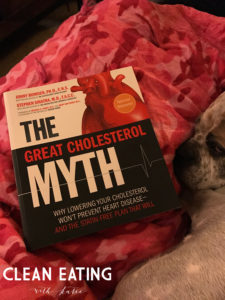Cauliflower is one of my favorite veggies. This is another childhood favorite. My mom steamed it with butter and if you put butter on veggies, I’ll eat it. Now I love cauliflower roasted in butter. It’s simple and delicious. I also love cauli mash (instead of potatoes), cauli rice (here’s one of my favorite recipes), and cauli alfredo. It’s such a versatile veggie AND it’s good for you!!!
Jennifer Tyler Lee suggests that folks try roasted caulitflower – especially the purple variety or use a yogurt dip for raw cauliflower.
Food Facts:
- Member of the Brassica/Cruciferous family.
- White cauliflower is rich in glucosinolates, an important antioxidant.
- Colorful varieties contain even more antioxidants than white cauliflower. For example, purple cauliflower, the graffiti variety, has two and a half more times the antioxidants than white cauliflower.
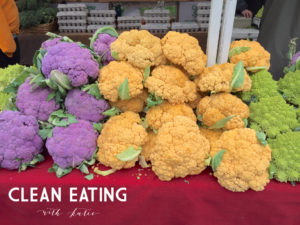
- It is believed that the white variety is actually an albino mutant from the more colorful varieties.
- For fresh cauliflower, look for:
- bright green leaves
- no spots, speckles, or bruises
- no traces of grey mold
- It can be stored for about week in the fridge without compromising the nutrient value.
- Steaming or sautéing the cauliflower will retain the most nutrients. Avoid boiling cauliflower.
- Opt for fresh over frozen for the most nutrition.
- Good source of vitamins B6, C, and K, folate, potassium, maganese, and omega-3 fatty acids.
- Good source of fiber.
- Due to its sulforaphane content, it is veggie that is great for the liver.
- Contains many anticancer properties.
Sources:
The 52 New Foods Challenge by Jennifer Tyler Lee, Encyclopedia of Healing Foods
by Michael Murray, Joseph Pizzorno, and Lara Pizzorno, Superfoods
by Tonia Reinhard, and Eating on the Wild Side
by Jo Robinson.
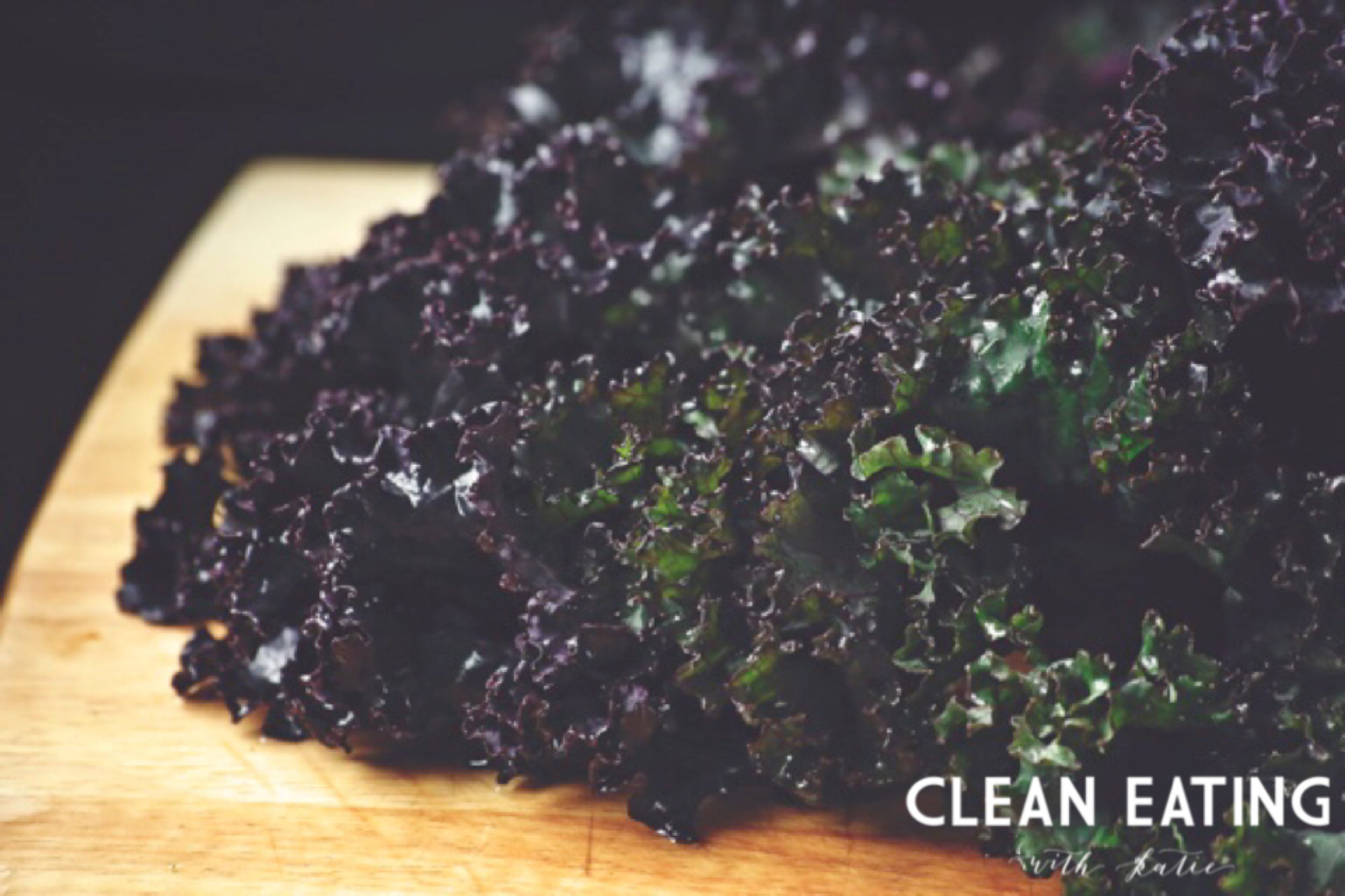

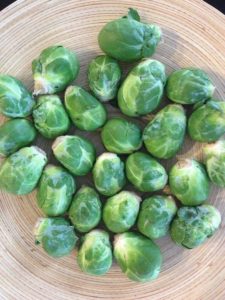
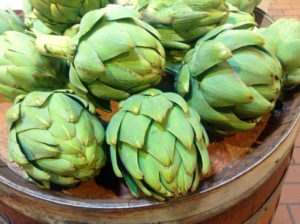 The Globe/French artichoke is the most nutrient dense variety.
The Globe/French artichoke is the most nutrient dense variety.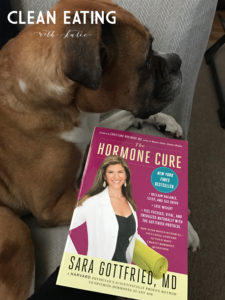
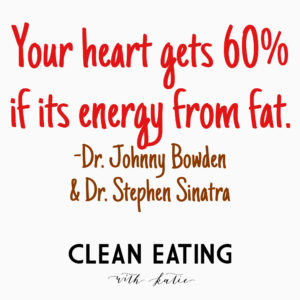 This peaked my interest and so when it was time to do research on a topic relating to heart health, I read the book. Several months after reading the book, I went to the
This peaked my interest and so when it was time to do research on a topic relating to heart health, I read the book. Several months after reading the book, I went to the 